Massive neutron stars have such enormous pressure in their cores that neutrons residing there lose their integrity and become a new type of matter.
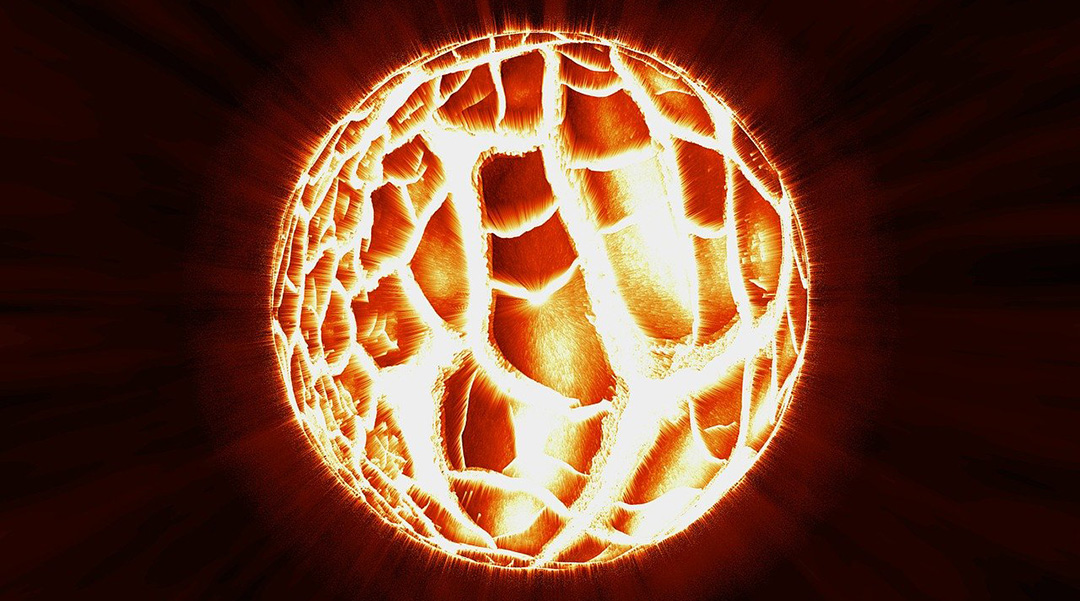

Massive neutron stars have such enormous pressure in their cores that neutrons residing there lose their integrity and become a new type of matter.
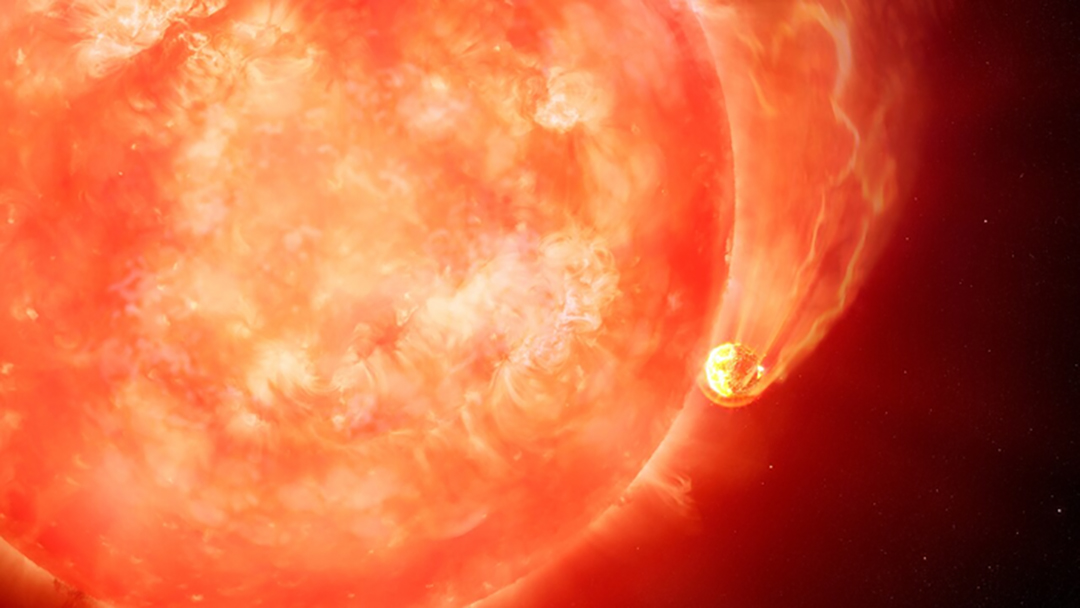
The observations of the death-row star and an unfortunate planet give us an advanced preview of Earth’s final fate.
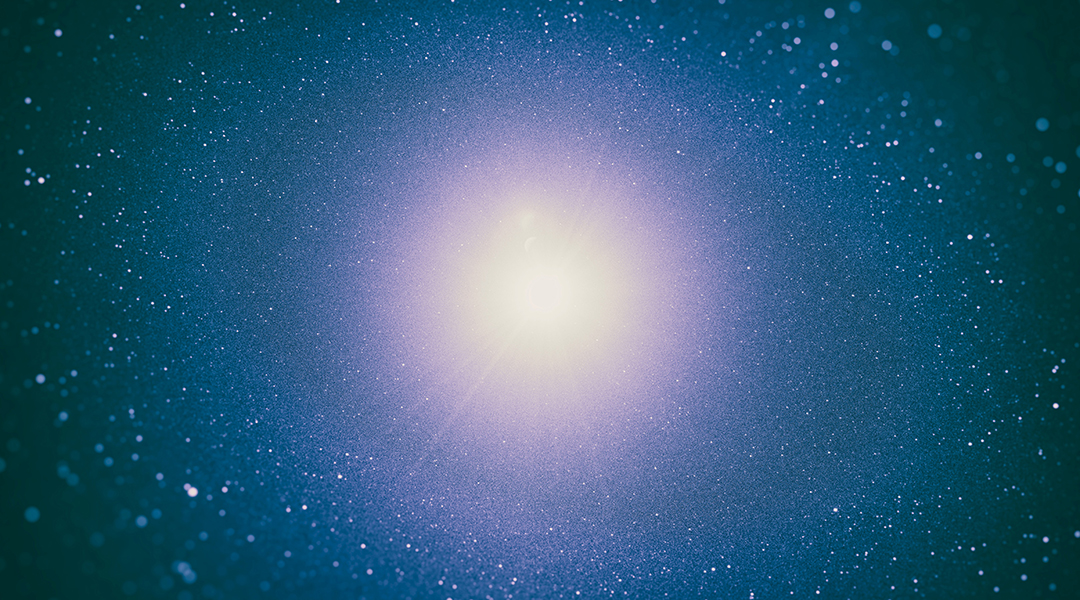
Astronomers have observed neutron stars that emit more energy than is theoretically possible, and now an explanation might be in the works.
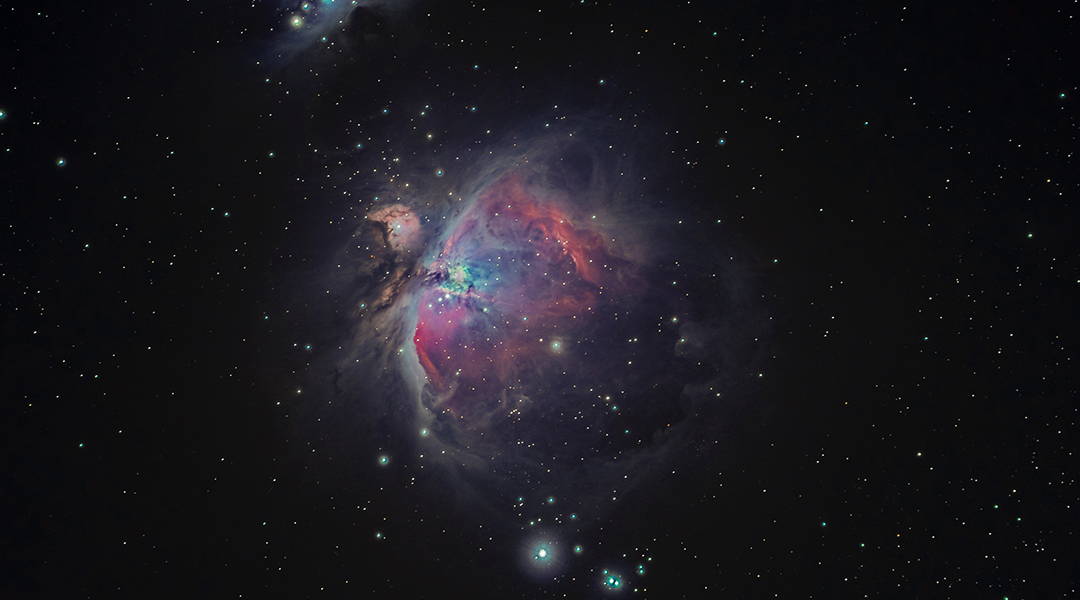
The powerful capabilities of the JWST allowed scientists to penetrate dust and gas clouds to capture crucial data on new star formation.
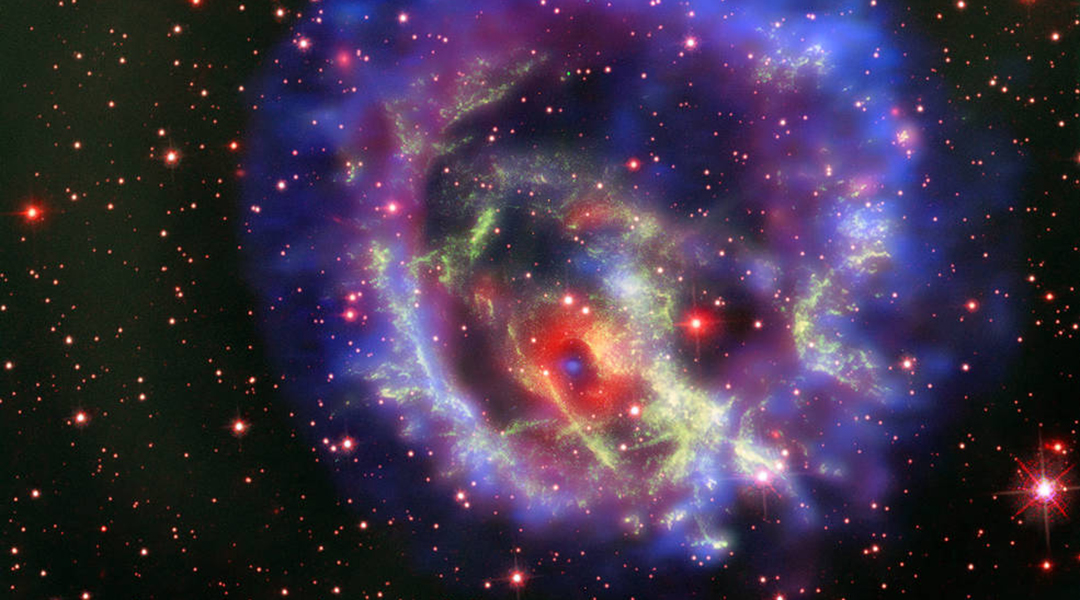
Comparing algorithms used to model spinning neutron stars, scientists hope to better understand the physics of the elementary particles that make them up.
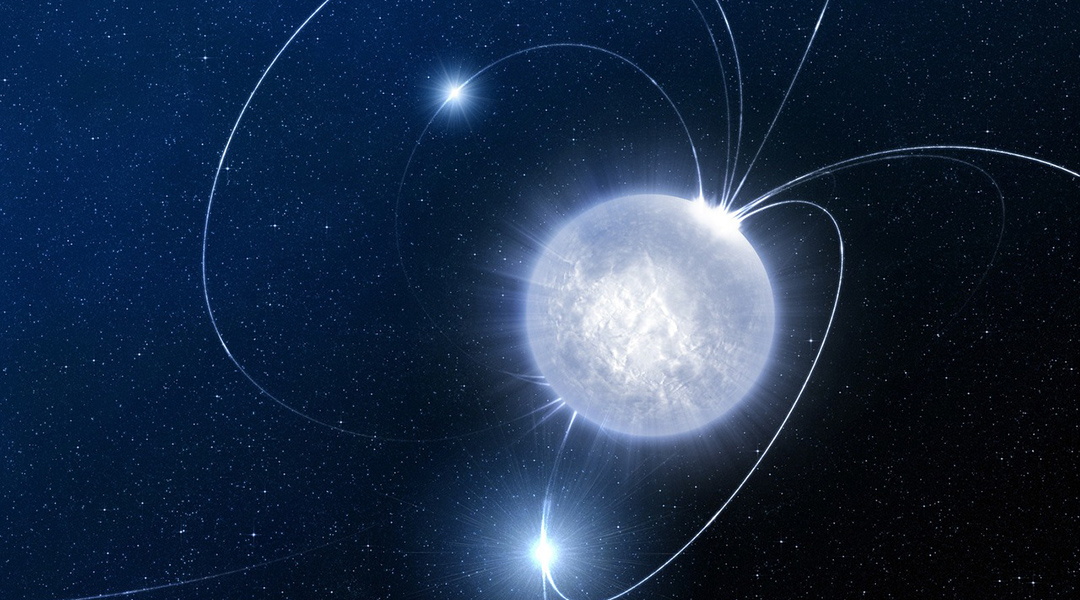
More confirmation needed to see if recently discovered object is a quark star.

Physicists at the Gemini Observatory have found a new mass limit for massive stars, and found it to be lower than previously thought.
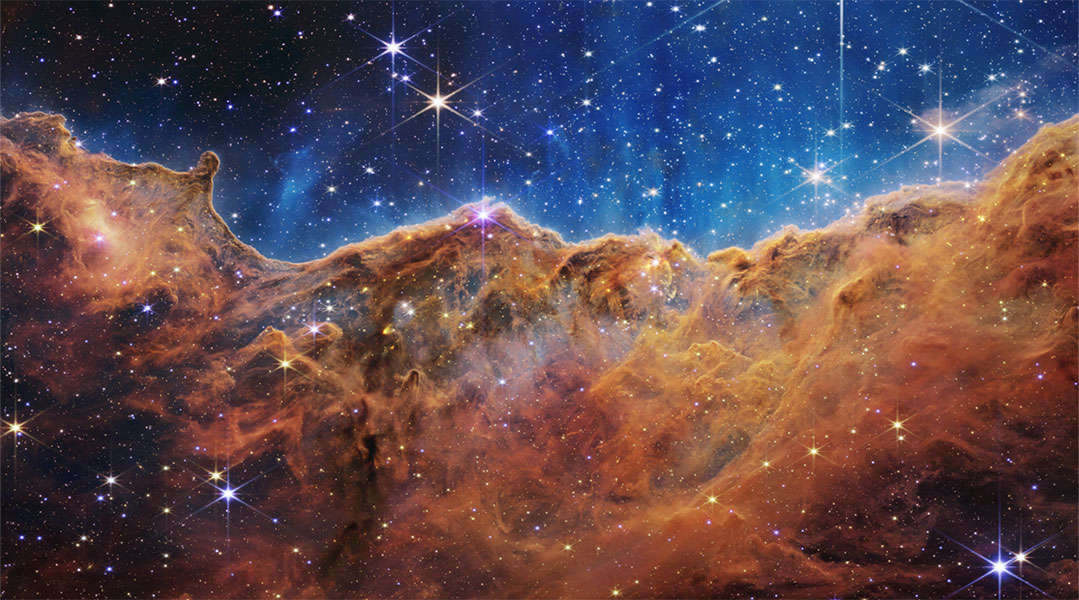
Astronomers are discovering that the rate of star formation in the universe is dropping, and they want to know why.
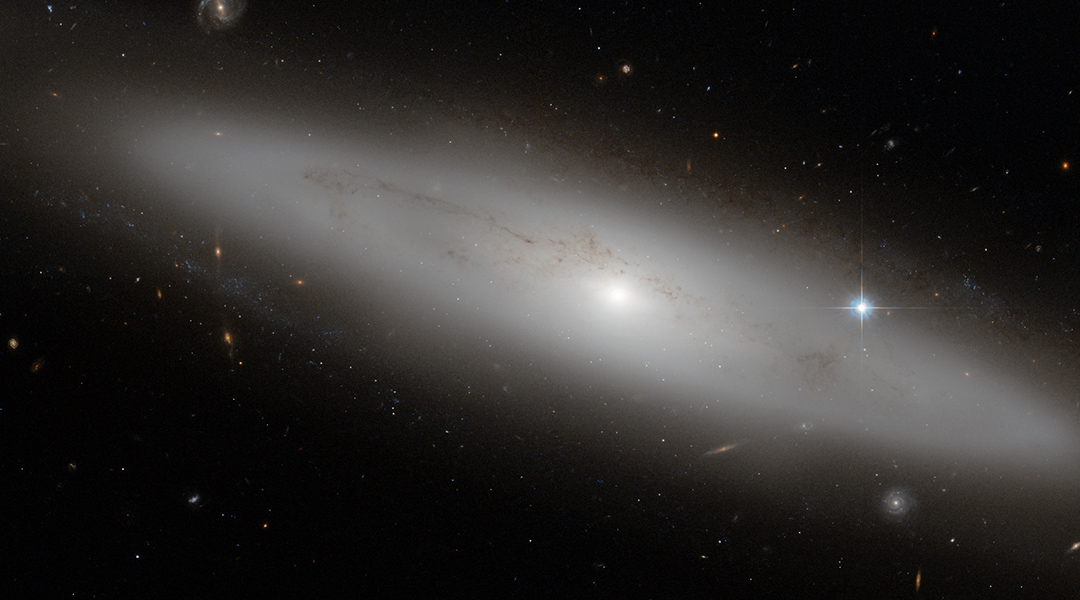
An unexpected finding in the heart of the NGC 3182 galaxy led to an intriguing search for the origins of a ring of star-forming gas.
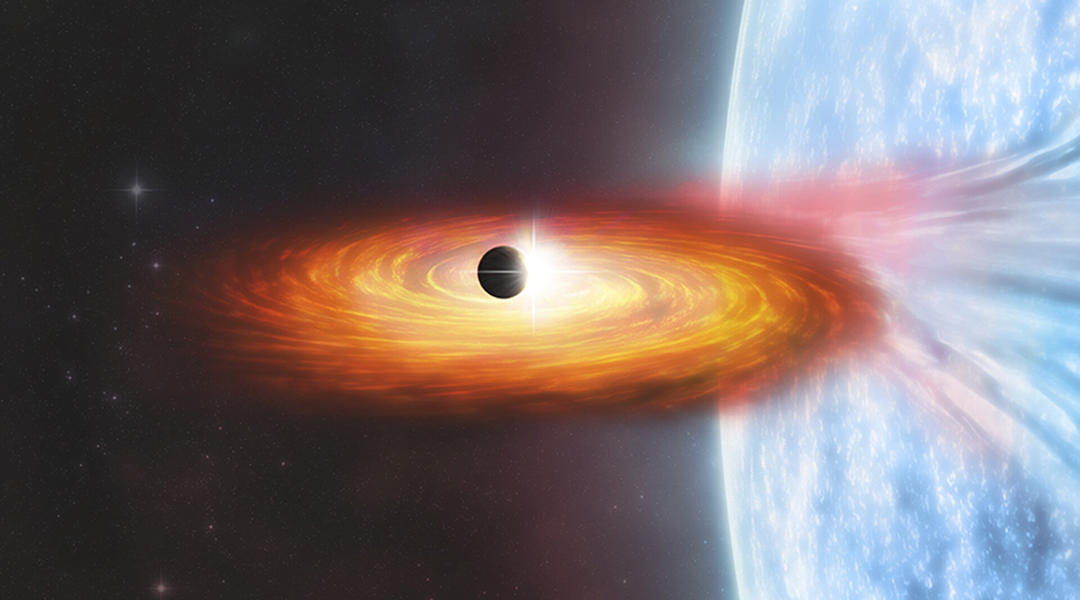
The first images of the environment around an energetic X-ray binary star could help expand our understanding of planet and star formation.